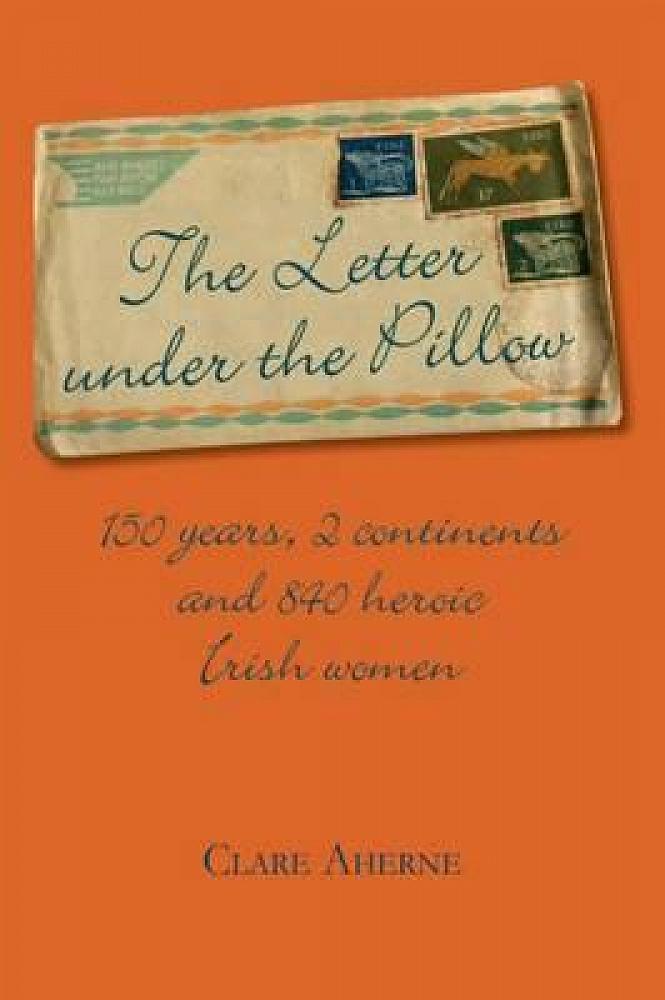
The Letter Under the Pillow: 150 Years, 2 Continents and 840 Heroic Irish Women
By Clare Aherne. Published by Carrowmore Publishing 2016. Reviewed by Susie Logan OP
The Letter Under the Pillow recounts the stories of hundreds of energetic, pioneering, young Irish women who joined the fledgling Josephite Institute founded by Mother Mary MacKillop and Father Julian Tenison Woods. They sailed to Australia to work there and later in New Zealand. When they left Ireland most were aged from mid-teens to mid-thirties.
This book of gripping stories has three separate parts: the foundation years; recruitment and missionary years; the reconnecting years. The second part deals with the manner in which young women were recruited and their subsequent ministry as Josephite Sisters. The third part recounts the post-Vatican II years when Sisters for the first time could make a return visit to their native land. What emotions are recalled! Eventually a Josephite branch was established in Ireland with Irish Sisters facing different challenges from those met by their early forebears.
At the end of each chapter the author has devised a unique paragraph where a mythical “Spirit of Erin” affirms the storyteller and fills out the details of her life. The “Spirit of Erin” serves to connect one chapter with the following.
I was intrigued by the first section. I often wished for a map to take me to the places where the young women lived with their Australian companions. They were in small groups setting up a school, a convent and community within the wider social structure in which they lived. There they received young women who desired to join their way of life. The setting could be barren, desolate, treeless goldfields or arid, windy acres stretching to the horizon. The climate provided them with temperatures they had never dreamed of. Often they lived in houses that kept out neither heat nor cold. Then, before numbers were secure, if a request came from a bishop or priest, off some of the community would go to begin again in another area.
Frankness is a key theme in the book. The storytellers tell about the normal but difficult frictions that arise within any community. But time and again the greatest strain and tension in their community life and to their ministry and security came from working with clergy who wanted to interfere in the internal running of the Institute. Many Sisters shared Mary MacKillop’s dream for central government with papal approval, which she was granted. Many shared Father Woods’s view that ministry was well-served by diocesan institutes. While the Sisters came to terms with the two differing models, questions and disputes came from outside the Institute, inside the Church. The story of Mary’s excommunication is well known. What is not so well known is the stress and challenge to loyalty many communities suffered from clergy and bishops. This was certainly stuff for the steadfast.
This well-researched book will appeal to many readers, in particular those taught by Irish Sisters. It will appeal to those interested in St Mary MacKillop. The book has a strong historical value, recounting as it does the spiritual, educational and cultural contribution these heroic Irish women made to the enrichment of their adopted countries.
Published in Tui Motu magazine. Issue 213, March 2017:28.
